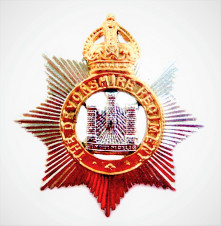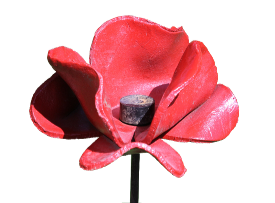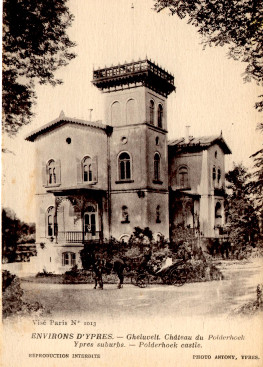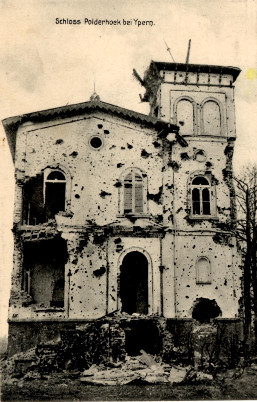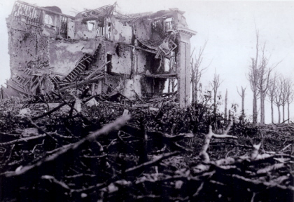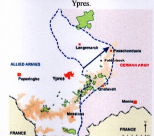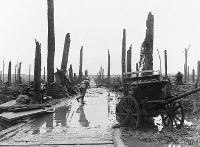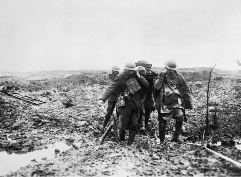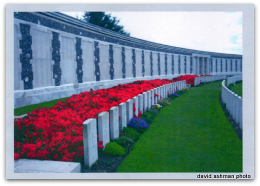Reading Out Loud
Focused Elements:
You can have these explanations read out loud by clicking on 'Speak Explanation' (access key 'a')
These controls are to provide alternative means of accessing the information on this page. Two main facilities are provided: adjusting the text size and listening to the text on the page.
1) Adjusting Text Size:
You can increase the text size by clicking on 'Larger' (access key '+'), and reduce it by clicking on 'Smaller' (access key '-'). You can reset the size back to its original value by clicking on 'Reset' (access key 'j')
2) Listening to the Text
You can adjust the pitch of the spoken word, the rate or speed of delivery and the volume. You can also choose the voice to use by clicking on the drop-down list. The default voice is whatever is the standard for the computer and browser you are using.
To set your default, please refer to the description in the Accessibility Statement.
There are normally three sections of text on the page that you can listen to: the headings, the main text and a selection. Click on 'Speak Headings to speak the page headings (access key 'l'). Click on 'Speak Main Text' (access key 'q') to listen to the main text.
You can also select an area of text in the page using standard select methods and click on 'Speak Selection' (access key 'w') to read the selection aloud.
You can enable the reading out loud of the element that currently has focus by clicking on 'Start Focus Speaking' (access key 'f') and you can stop this by clicking on 'Stop Focus Speaking' (access key 'd').
You can pause the audio by clicking on 'Pause' (access key 'r') and resume by clicking on 'Resume' (access key 't').
To cancel or stop the audio click on 'Cancel' (access key 'y'). To restart the current audio from the beginning, click on 'Restart' (access key 'k').
To hide the accessibility controls click on 'Hide Panel' (access key 'h')
To hide this explanation click on 'Hide Explanation' (access key 'x')
Widecombe-in-the-Moor
Edward James Foster in WW1

Edward James Foster was born in Holne in 1880, his father James is recorded in the 1881 census as a copper miner. Both Edward's father and mother Alice were born in Buckfastleigh. In 1891 the Foster family is shown as living at Lower Hannaford in the parish of Widecombe, James has ceased to be a miner and is listed as a Gardener. By 1901 the family live in Hannaford Cottage and Edward had employment as an under gamekeeper/domestic.
Edward married Clara Dodd in Buckfastleigh in 1908. In the 1911 census, the couple were living at Higher Aish, Poundsgate. They had a son, Frank, registered born in Widecombe in 1910 . Edward, Aged 31, was employed in the local area as a gardener.
Edward Foster enlisted into the 1st Battalion Devonshire Regiment at a date in 1915/16 and would have been posted to France as part of reinforcements for the 1st Battalion who had been stationed on the Western Front since 1914. Army records of Edward's service were destroyed during the blitz on London in the Second World War, so it is not possible to be specific about where Pte Foster fought.
However on 6th November 1917, the 1st Battalion Devonshire Regiment were tasked to support The Duke of Cornwall Light Infantry in an operation to attack and capture the strategically important Polderhoek Chateau, this attack was part of the 2nd battle of Passchendaele. The villages of Polderhoek and Passchendaele are geographically only 8km apart. See Lemuel Lyes Blog for more details on the chateau
Listen to the Regimental Quick March of the Devonshire Regiment
The 1st Battalion Devonshire Regt were successful in achieving their objective, and held their position until later in the day when it was combined into the front line of the fighting.
During this battle Edward James Foster was one of the 26 * men Killed in Action.
Historical Note:
The 2nd Battle of Passchendaele was fought in late October and early November 1917. The offensive comprised a series of attacks, set with limited objectives and delivered at intervals of 3 days or more. The tentative dates for each phase were given as 26 October, 30 October and 6 November with a final small action on 10th November.
Extract from a stretcher bearers war diary for 6th November at Passchendaele
“Heavy shelling and casualties. We carried out eight (wounded) that day and came back to the tents at 11.30pm. We had a long way to carry each one under shell fire, four to a stretcher and each one kept an end on a shoulder. We could not keep to (the trench) mats*, but had to go a roundabout way, sometimes a quarter of a mile out of our way. One fellow could slip in a hole or sink in the mud and let the end down. Some of the wounded were great, others moaned or yeled at each jar, it could not be helped. Often the four of us went through a big shell hole, water near the thighs. But we worked hard and did our best. It was rain and mud.”
*Trench mats were another name for the duckboards used in the trenches.
Extract from the “History of the 1st Battalion Devonshire Regiment” web-site
“In the Battle of Arras in April and May 1917, their losses in four attacks nearly wiped out the Battalion. Near Passchendaele in early October they attacked Polderhoek and suffered 327 casualties. A month later, supporting another attack at Polderhoek a single company lost another 100 killed* and wounded”
*John Henry Irish, also from Widecombe and Killed in Action in April 1917, is similarly commemorated on the Tyne Cot Memorial.
THE TARGET By Ivor Gurney.
Read by John Kimber
I shot him, and it had to be
One of us ! ‘Twas him or me.
‘Couldn’t be helped,’ and none can blame
Me, for you would do the same.
My mother, she can’t sleep for fear
Of what might be a-happening here
To me, Perhaps it might be best
To die, and set her fears at rest.
For worst is worst, and worry’s done.
Perhaps he was the only son…
Yet God keeps still, and does not say
A word of guidance any way.
Well, if they get me, first I’ll find
That boy, and tell him all my mind,
And see who felt the bullet worst,
And ask his pardon, if I durst.
All’s a tangle. Here’s my job.
A man might rave, or shout or sob;
And God He takes no sort of heed
This is a bloody mess indeed.
Acknowledgments
Thanks to John Kimber for reading the poem. Pictures of Passchendaele: Imperial War Museum and Canadian First World War Official Exchange Collection. Polderhoek Chateau: David Ashman collection and Imperial War Museum.
Back to the list of the fallen
The information on this page was last modified on November 07 2018 13:27:23.



